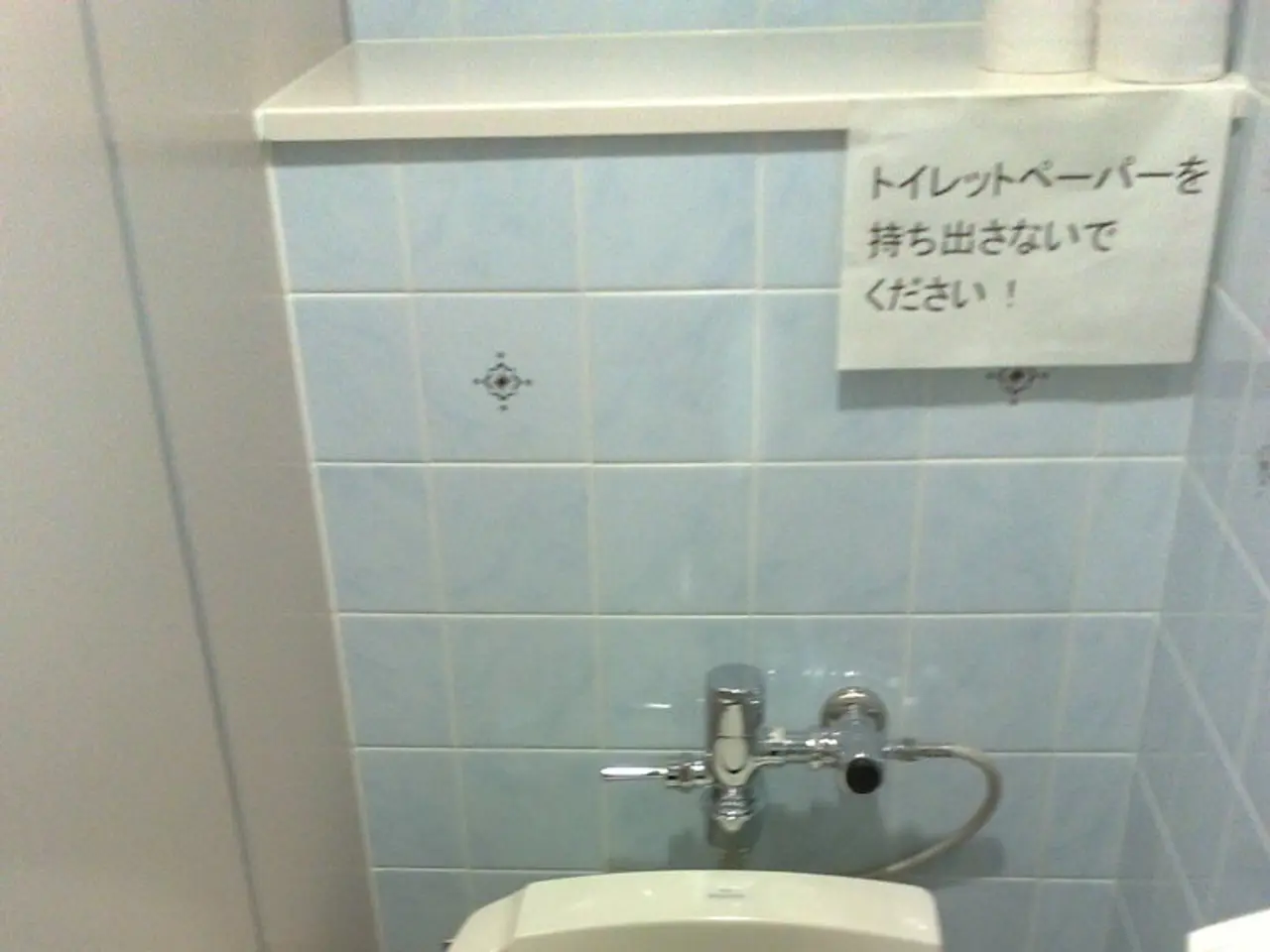Toilet Clogs: Causes and Prevention Strategies
Preventing and Identifying Common Toilet Clogs: A Guide for Homeowners
Toilet clogs can be a frustrating and messy problem for homeowners. However, by understanding the common culprits behind these clogs and implementing some simple prevention tips, you can keep your plumbing system running smoothly.
Prevention:
- Avoid flushing non-flushable items: Items such as wipes, floss, hair, feminine hygiene products, cotton swabs, and sanitary products do not break down and commonly cause blockages. Stick to flushing only waste and toilet paper.
- Limit toilet paper usage: Excessive amounts of toilet paper can clog the drain. Use toilet paper sparingly to prevent this issue.
- Regular maintenance: Perform regular maintenance on your toilet, including using gentle, non-corrosive cleaners to protect the toilet tank and bowl.
- Professional inspections: Consider routine inspections by a professional plumber to catch early signs of wear or buildup, especially in older toilets or those prone to mineral deposits from hard water.
- Use drain screens or filters: These can catch hair or other debris that might enter the toilet or nearby drains.
Identification:
- Slow draining water, gurgling sounds, or toilets that won’t flush completely usually indicate a blockage in the toilet drain or plumbing system.
- Old or low-flush toilets might not clear waste properly, causing frequent clogs.
- Mineral buildup inside pipes can also reduce flow and cause clogs over time.
By adhering to these guidelines, you can reduce the frequency of clogs and address problems early before they require costly repairs.
Summary Table:
|Common Culprits|Reasons|Prevention Tips| |-|-|-| |Excessive toilet paper|Accumulation blocking flow|Use toilet paper sparingly| |Non-flushable items (wipes, hair, feminine products)|Do not break down, cause blockages|Flush only waste and toilet paper| |Mineral deposits (hard water)|Build up in pipes, reducing flow|Professional inspections, water softening| |Old or low-flush toilets|Insufficient water volume to clear|Consider upgrading or repair| |Hair and soap scum (nearby drains)|Forms clogs that can affect toilet drainage|Use drain screens, clean regularly|
These steps ensure effective identification and prevention of common household toilet clog culprits. Regular maintenance, including annual inspections or drain clean-outs, is recommended for older homes or areas with known pipe issues.
Remember, treating the symptom, not the cause, can lead to continued problems with the toilet. Chemical drain cleaners are harsh, bad for pipes, and often ineffective against deeper blockages. Professional tools, camera inspection, and quick removal of toilet clogs by a trained plumber may be required in such cases.
A plunger or auger can help with surface-level issues, but recurring blockages need professional assessment. Weak flushes and slow draining bowls indicate a potential problem that should be addressed promptly.
[1] Toilet Clog Prevention Tips
[2] Common Causes of Toilet Clogs and How to Prevent Them
[3] How to Prevent Toilet Clogs
[4] Toilet Clog Prevention: 5 Easy Tips
- By avoiding the use of non-flushable items such as wipes, floss, hair, feminine hygiene products, cotton swabs, and sanitary products, and limiting toilet paper usage, homeowners can prevent toilet clogs and ensure their home-and-garden's architecture remains functional, promoting a comfortable lifestyle.
- Regular maintenance on a home-improvement level, including cleaning the toilet with gentle, non-corrosive cleaners and using drain screens or filters, can prevent toilet clogs and contribute to a well-designed home environment that inspires peace of mind.
- Professional inspections of home plumbing systems can help early identification and prevention of toilet clogs arising from common culprits like mineral buildup or aged fixtures, ensuring the artistic aesthetic of one's home-and-garden is preserved with minimal inconvenience.




